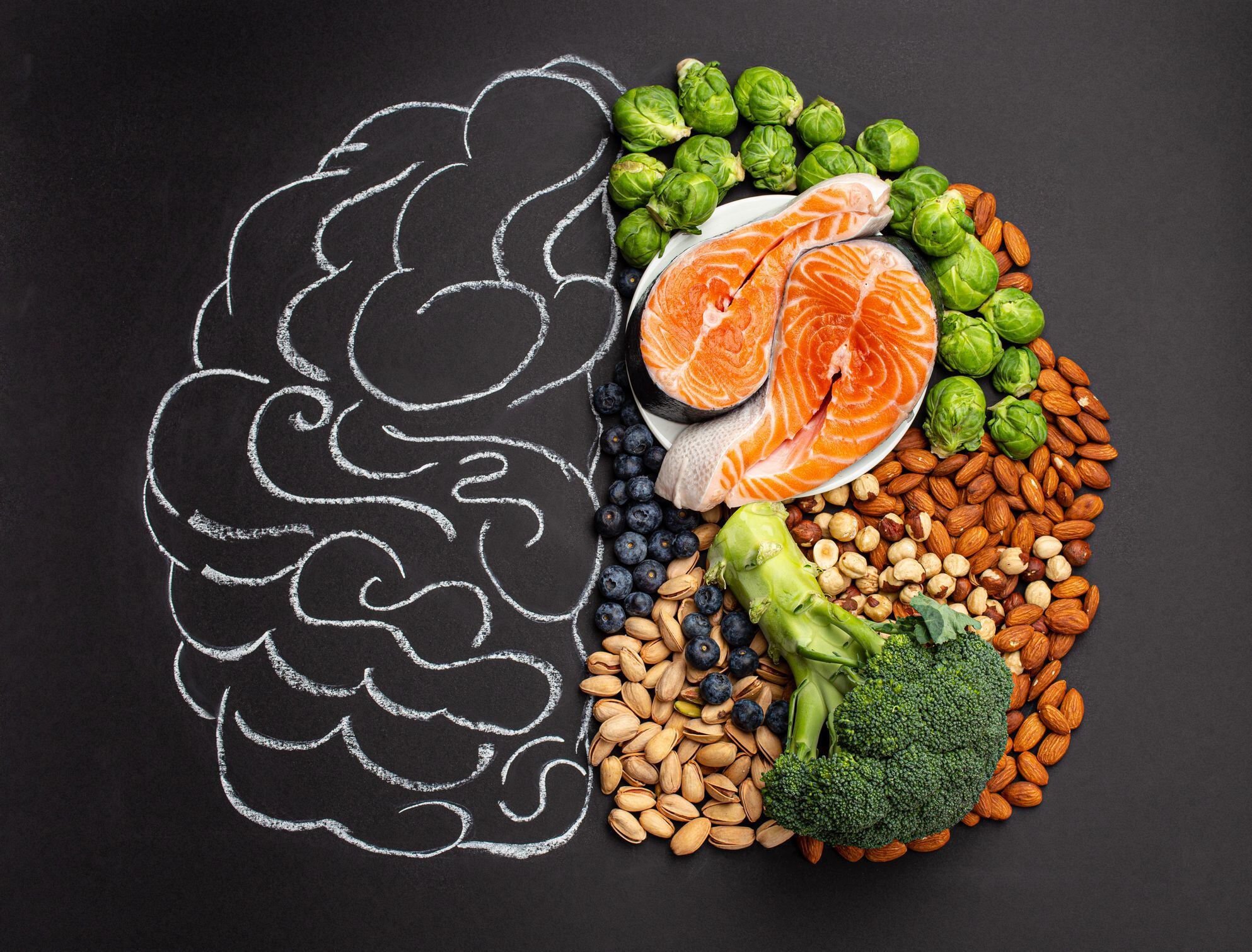Community
I believe in the transformational power of community living. Community in the literal sense – a group of people living in the same geographical area united by common interests. Human beings are social beings, we were created to live in groups, to relate. It’s in our biological makeup, there’s no denying it. Yet we are living in a time that many experts have been calling the Loneliness Epidemic.
Loneliness
Two in five people in the United States say they sometimes or always feel lonely or socially isolated. The COVID-19 pandemic has passed, but the loneliness epidemic has not. The so-called death of despair – mortality from suicide, drugs, and alcohol, has recently surpassed anything seen in the US since the dawn of the twentieth century when alcohol-related deaths peaked. In a survey conducted by the American Psychological Association in 2019, three out of five adults said they could use more emotional support than what was received in the prior year. The highest proportion of adults who indicated that since the survey first asked the question in 2014.
Health Impact of Loneliness
On January 2019, even before COVID big hit, the HRSA published an article called “Loneliness Epidemic” where it was reported that loneliness is as bad for your health as smoking fifteen cigarettes a day! The HRSA – Health Resources and Services Administration is a government agency that provides health services to at-risk populations. If you have felt lonely yourself or have seen the impact of loneliness in other people you know how it feels, there is no need to say more.
Tackling Loneliness
I believe there is a viable way of tackling the loneliness epidemic and that is through community living. For several years, I have been cultivating the idea of forming a community of friends to grow old together. A few years ago, I found out that this kind of community already existed. The concept of Cohousing, which is a community intentionally formed by like-minded people, originated in Denmark in the late 60s. There are different configurations, but it is usually a group of individual houses around a common area. This type of community provides greater social interaction between neighbors and also brings economic and environmental benefits.
It takes a Village
Since then, I’ve been dreaming of building my own cohousing – called Vilarejo (Village in Portuguese), where the residents are all like-minded friends. My vision of it is in a beautiful bucolic setting, where we all live an active life in harmony with nature. Every family has their own tiny house, and we spend the evenings in our common area. The focal point of the social area is a coffee lounge, called Plant& Poetry, a cozy place with tables and sofas, decorated with plants, photos, and poems of illustrious poets. There is also a shared semi-pro kitchen, called Bliss Point Cuisine, where we prep delicious and nutritious meals to be shared.
Social life
Social life is intense in the Village. The café has a daily schedule of events that keeps us physically and mentally busy. Each evening is themed. On music nights we have singer guests, singing lessons or, Karaoke. On poetry nights we take turns declaiming poems that touch our hearts. Dance nights are fun! We try different styles and dance until sweat! We have a great time on game nights playing all sorts of games that keep our brains in top shape. Cooking nights are special, that’s when we take turns prepping new recipes to delight the group. We still have nights to exercise our creativity with painting, sculpture, and drawing. And finally, book club nights to honor literature.
Active Life
Life is physically active in the Village as well. After all, the residents share the goal of living a long and healthy life. That’s why we have a multi-purpose type of studio where we can practice yoga, train, and lift weights. There are trails to walk to the beach and a bike path to pedal to town. The goal is for everyone to do their physical activity of choice every day.
Sustainable Living
Another important feature of the Village is sustainability. The buildings make the most of natural light and ventilation. The landscaping is a mix of native and edible plants. We have an organic orchard and vegetable garden where we grow most of our food. Collected rainfall provides irrigation and the energy used is mostly solar. Zero Waste is the lifestyle approach that we live by composting our food scraps, using durable materials, and recycling as much as possible. We only use cars for shopping and traveling.
Visitors
We have extra houses to accommodate our children and visitors. In the absence of both, we rent them as Bed & Breakfast to give other people a chance to experience our lifestyle. Our community is open to receiving groups for seminars and retreats so we can share the concept of community living and its benefits. When our children come to join us permanently, we will allow our grandchildren to experience life in communion with friends, nature, and the universe, with no loneliness whatsoever.
The broader purpose of this project is to grow and expand the concept of a healthy and sustainable community living lifestyle for the sake of a better future for our children.
Dream or Reality
The Village will be done in 2031, but in my mind, it is more real than ever. Writing about it is a way to exercise visualization and throw it out to the universe. Like Dr. Josh Axe, Cathy Heller, and many other amazing people, I believe in the power of visualization, manifestation, and affirmation.
Lastly, I do believe community living is the loving way of changing the reality and the health of our society. We’ve seen it work in the Blue Zones of Dan Buettner and many other cohousing around the world. Visualizing is the first step. Soon we’ll be moving on to planning and finally execution! Dreaming is very good for your health!
Remember: Good is what makes you feel well!
Anna.
Read More: 10 ways to take care of health without spending money.




